The reindeer cull of Arctic Russia
Every year, reindeer herders in the far northern tundras of Russia corral their animals and decide which of the weaker ones should be culled. Photographer Sergei Karpukhin travelled to the Nenets Autonomous District to meet them
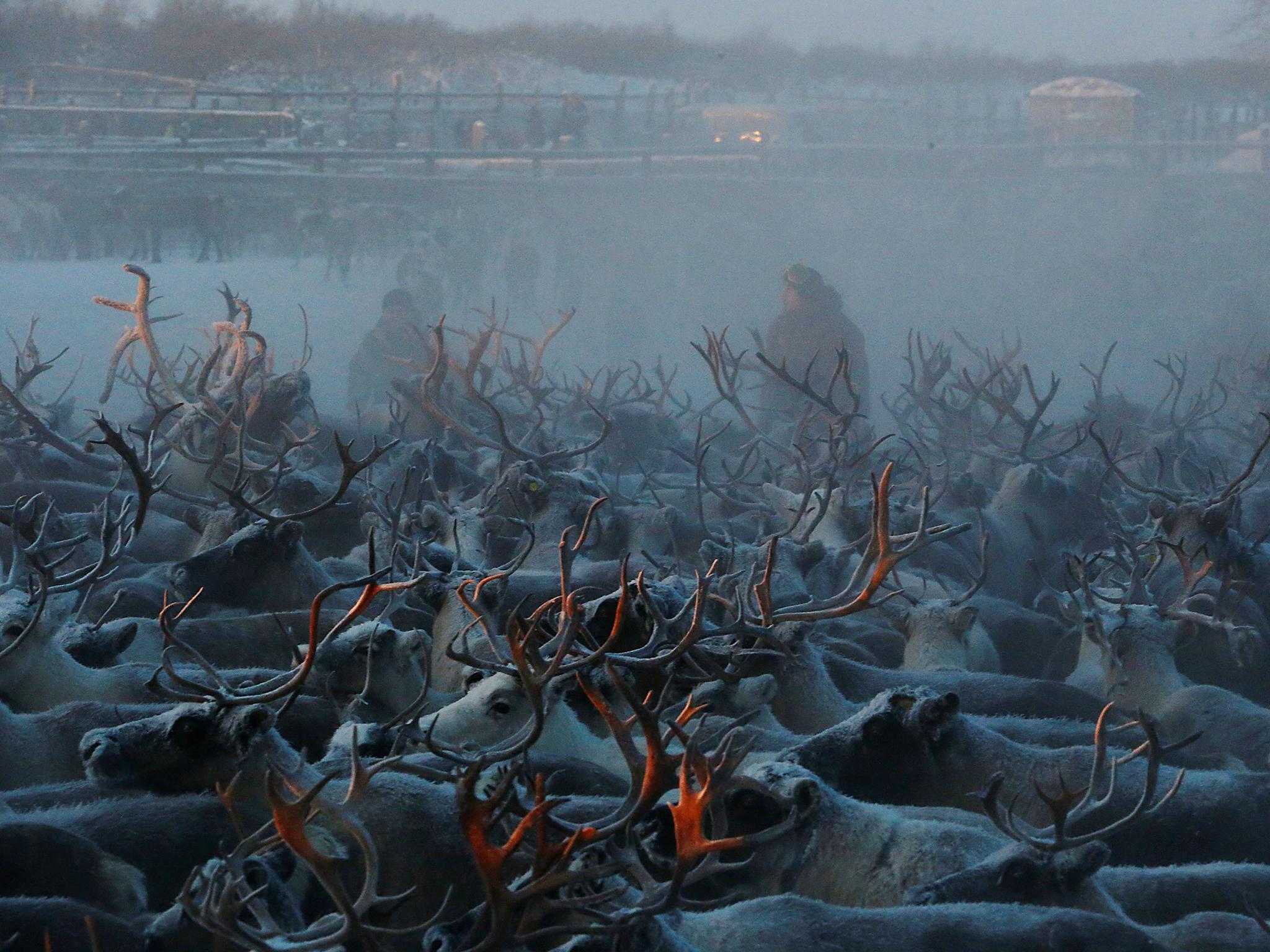
Your support helps us to tell the story
From reproductive rights to climate change to Big Tech, The Independent is on the ground when the story is developing. Whether it's investigating the financials of Elon Musk's pro-Trump PAC or producing our latest documentary, 'The A Word', which shines a light on the American women fighting for reproductive rights, we know how important it is to parse out the facts from the messaging.
At such a critical moment in US history, we need reporters on the ground. Your donation allows us to keep sending journalists to speak to both sides of the story.
The Independent is trusted by Americans across the entire political spectrum. And unlike many other quality news outlets, we choose not to lock Americans out of our reporting and analysis with paywalls. We believe quality journalism should be available to everyone, paid for by those who can afford it.
Your support makes all the difference.In Russia's remote Arctic regions, reindeer herding has been a way of life for centuries.
Each winter, herders in Russia's sparsely populated Nenets Autonomous District corral their reindeer into open-air pens before selecting weak animals to be culled.
The cull helps preserve the region's fragile tundra by keeping herd sizes down, and local people sell reindeer meat, hide and antlers to make a living.
Igor Ledkov, who works at the Harp agricultural cooperative in the village of Krasnoye, said herders try to maintain the local reindeer population at around 15,000-17,000 animals.
“The size of the cull each year varies, this year we plan to cull more than 3,000 reindeer,” Ledkov said.
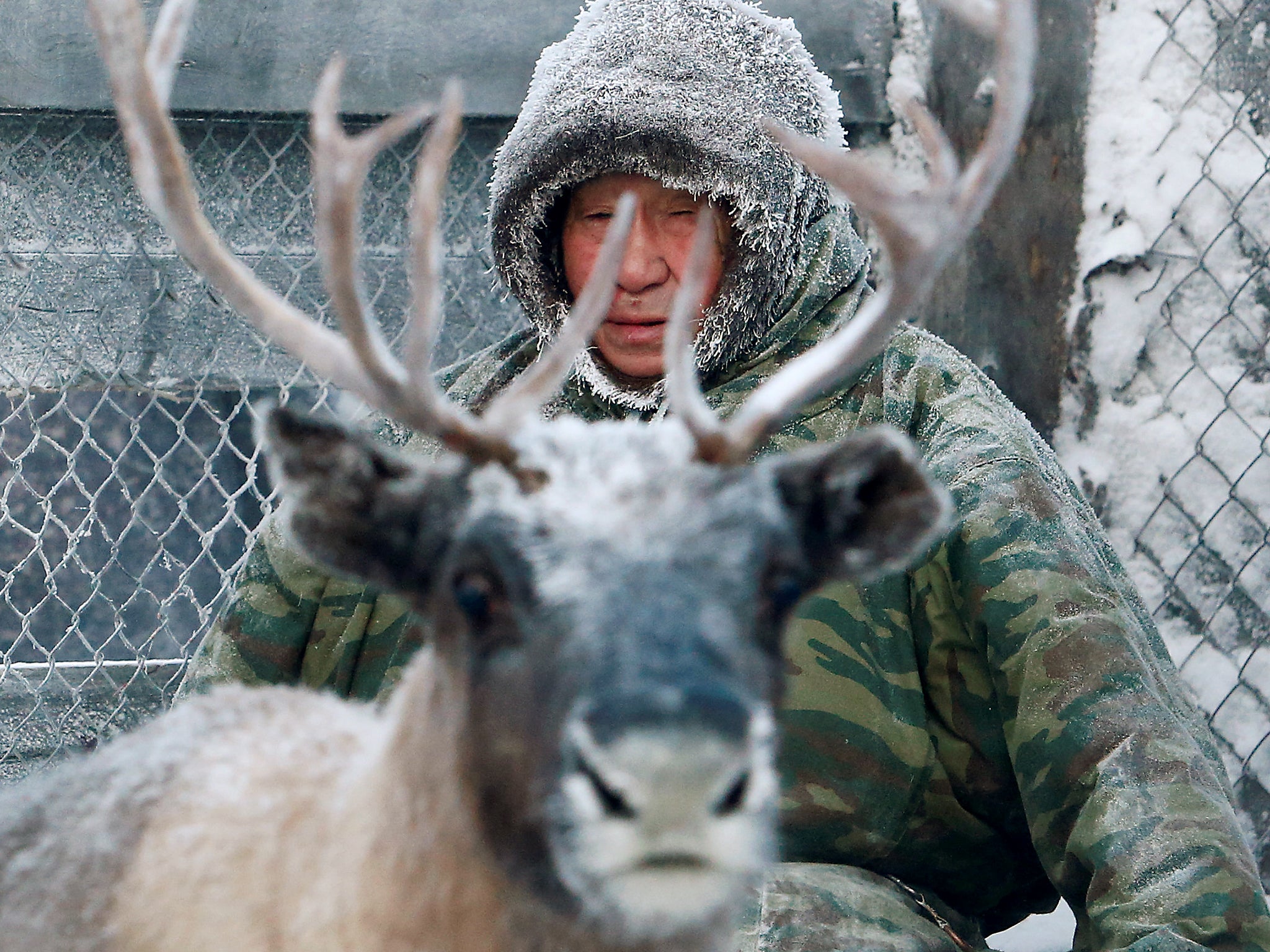
“We wait until there's enough snow on the ground so the reindeer don't trample the best grazing land when we corral them into the pens.”
Krasnoye is the only settlement in the Nenets region connected by road to the regional capital, Naryan-Mar, which is over 2,000 kilometres north of Moscow.
Temperatures can sink below minus 40 degrees Celsius in winter.
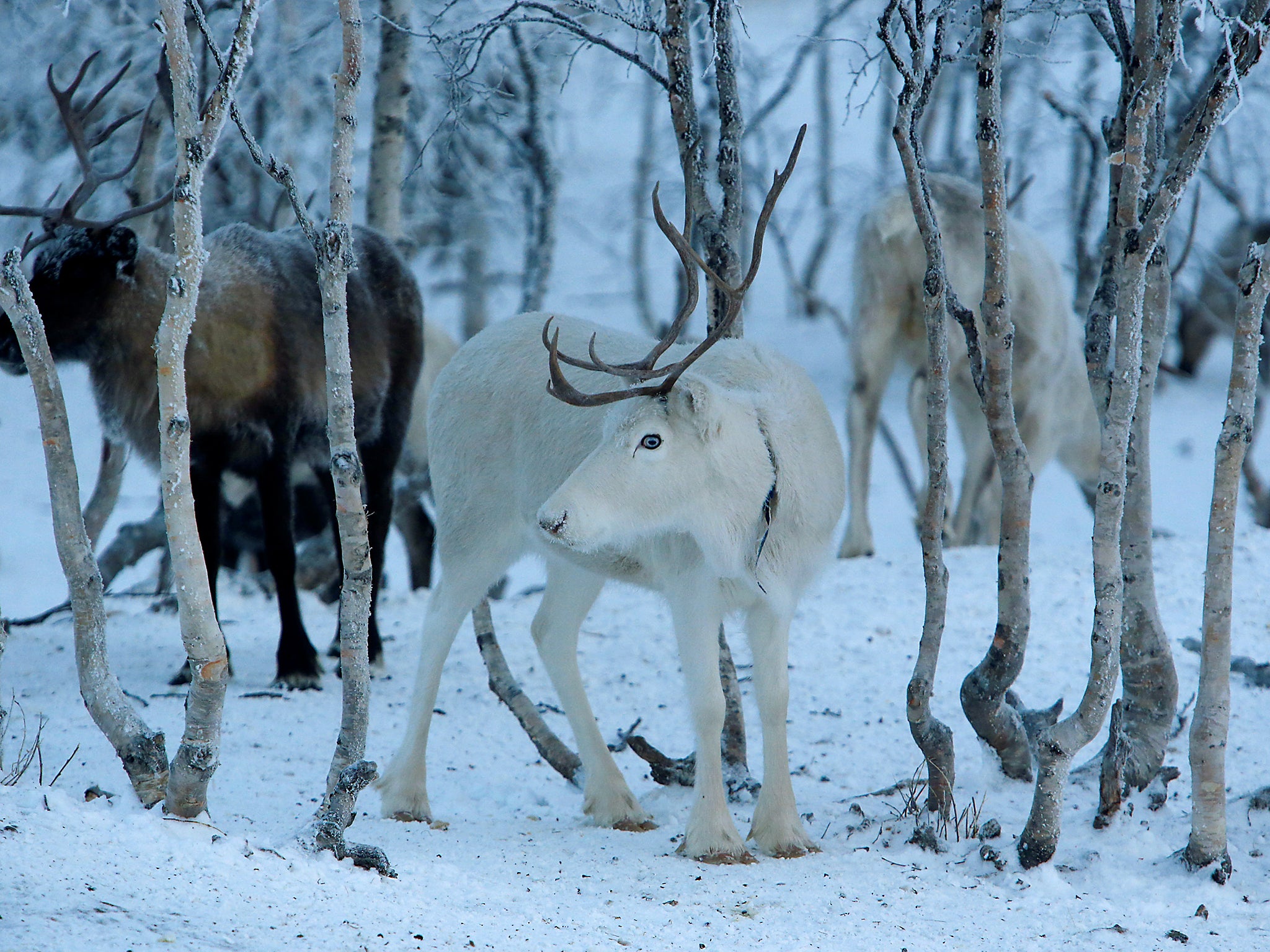
At the Harp cooperative, the reindeer have their antlers removed before the weaker specimens are taken to the slaughter house.
Herders saw off antlers from even the stronger animals as they are valuable and fall off by themselves if left to grow. Reindeer hides are salted to preserve them before being sold for export to countries including Finland.
Herders receive a subsidy of 130 roubles ($2.08) for each kilogram of reindeer meat they send to be processed, according to the local government, as well as monthly social support payments.
The meat subsidy is to be cut by around 40 percent next year as weak oil prices have hurt the Nenets region budget, which depends on oil for 98 percent of revenues.
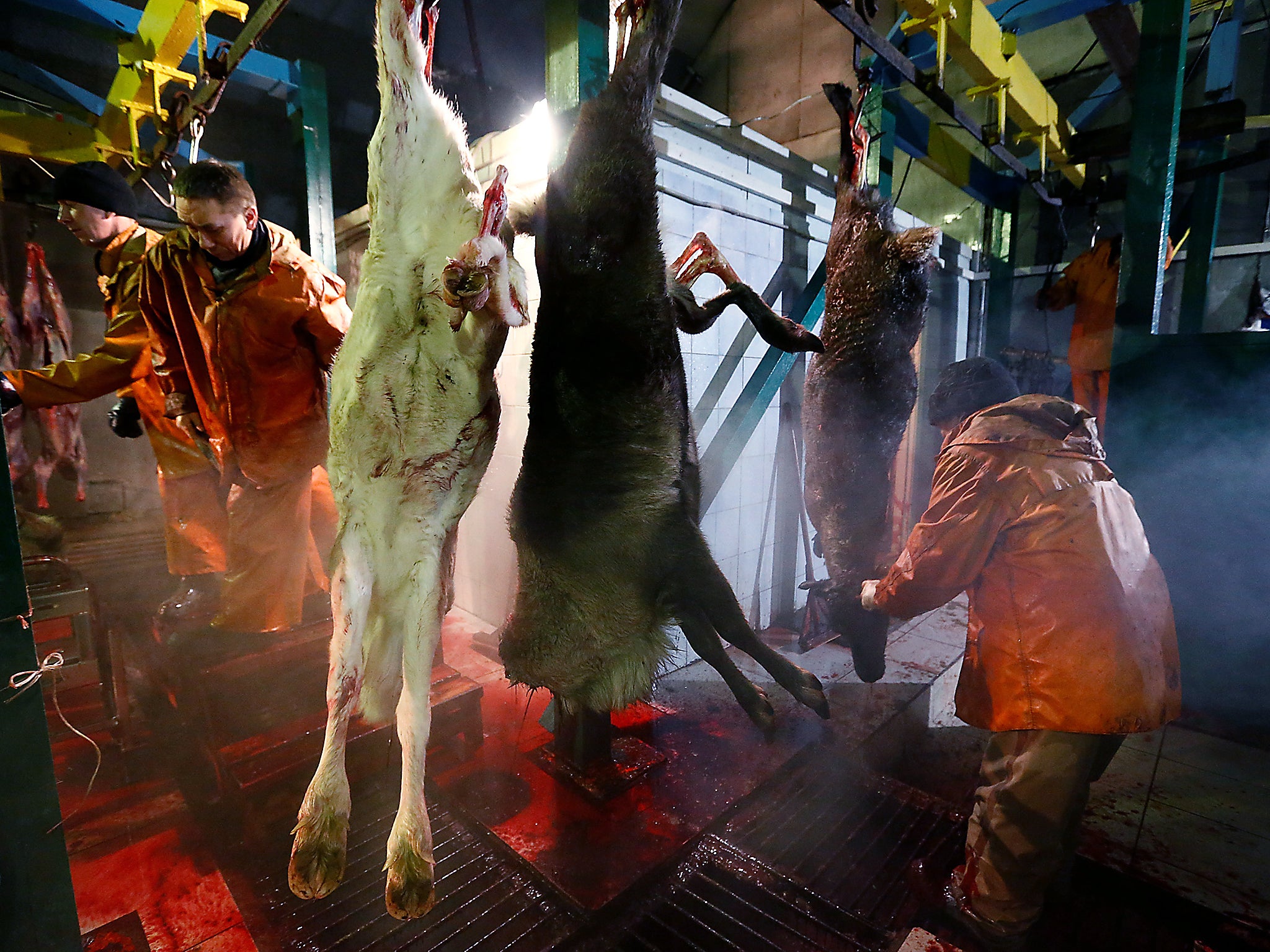
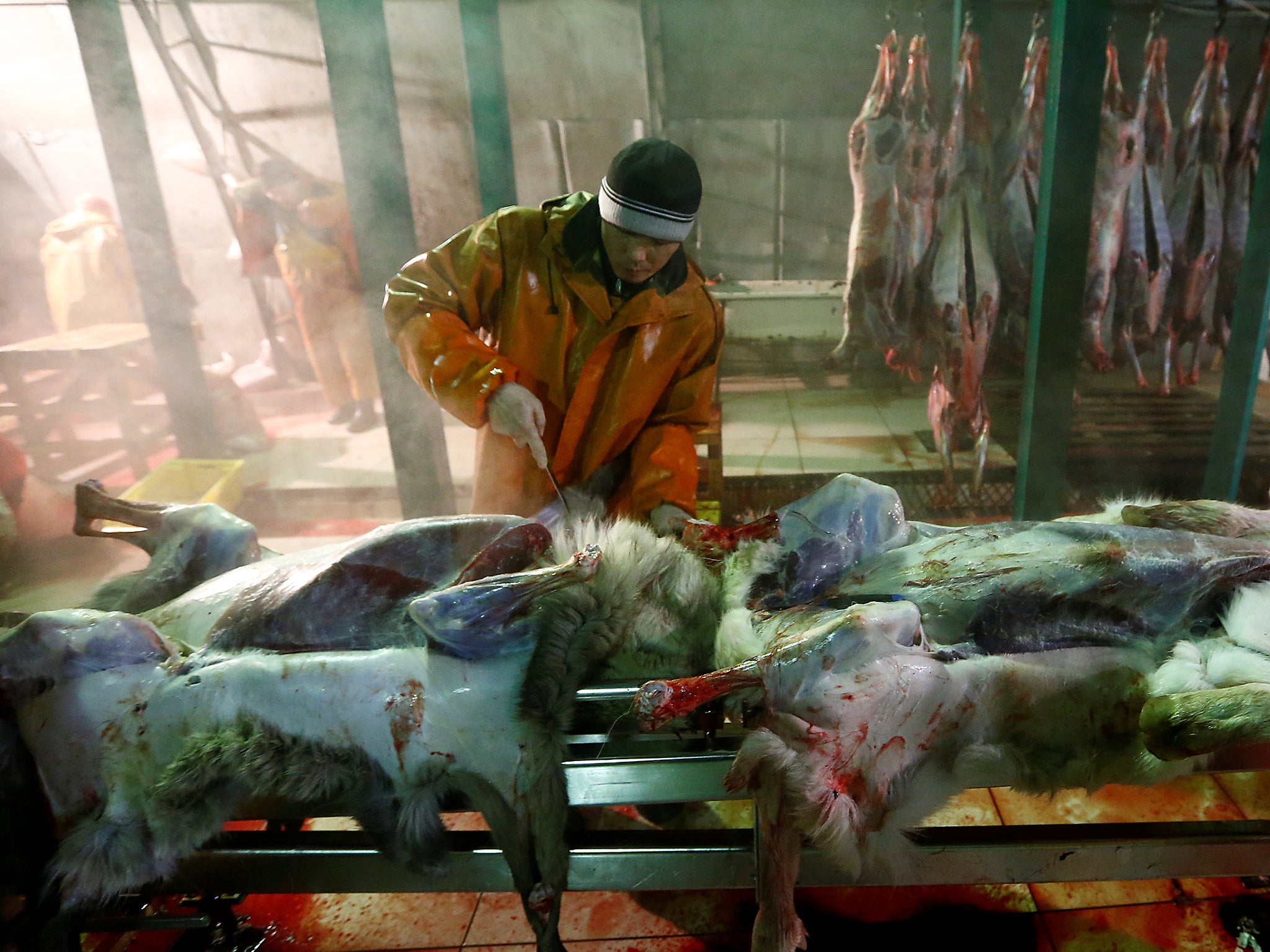
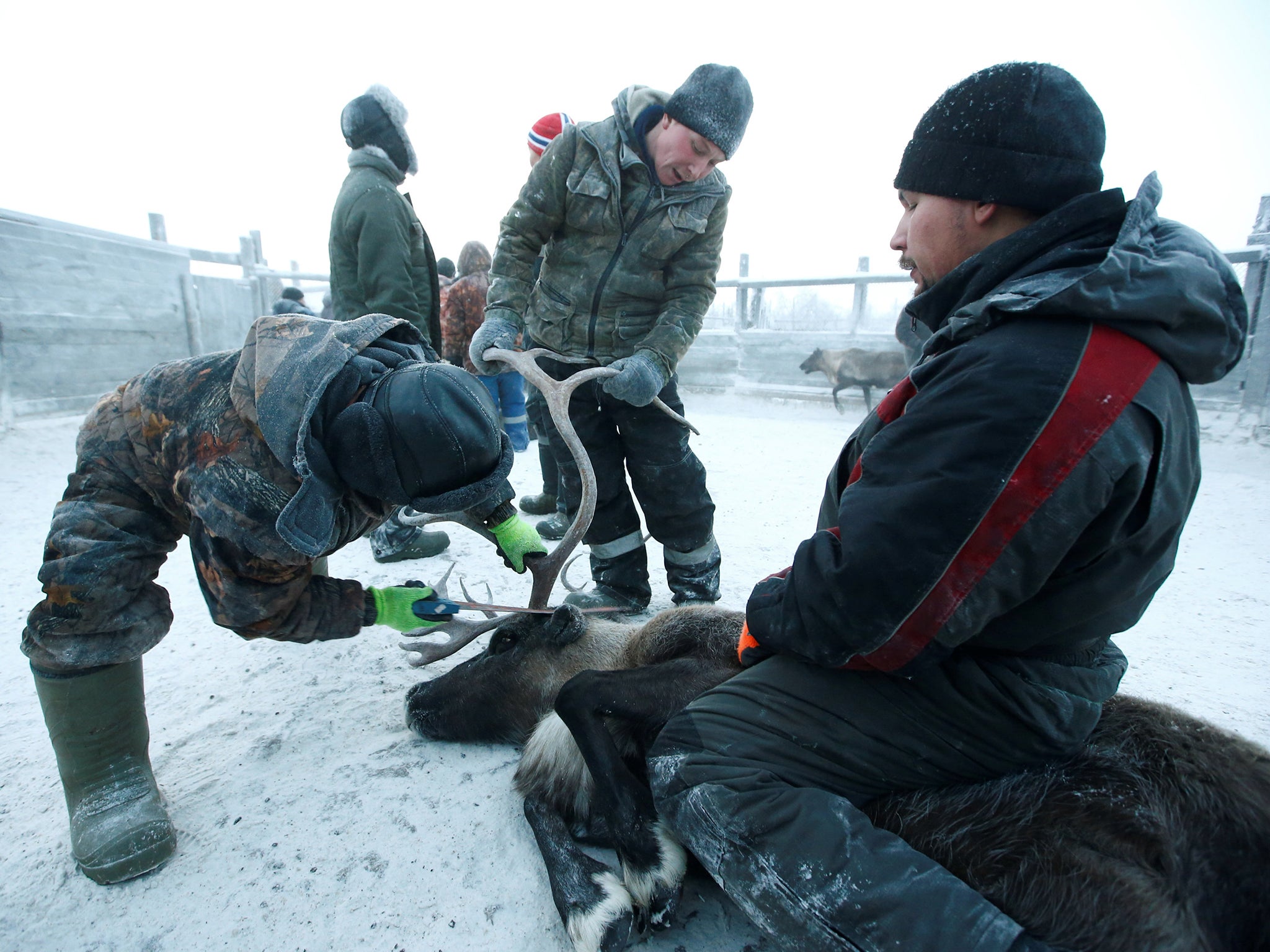
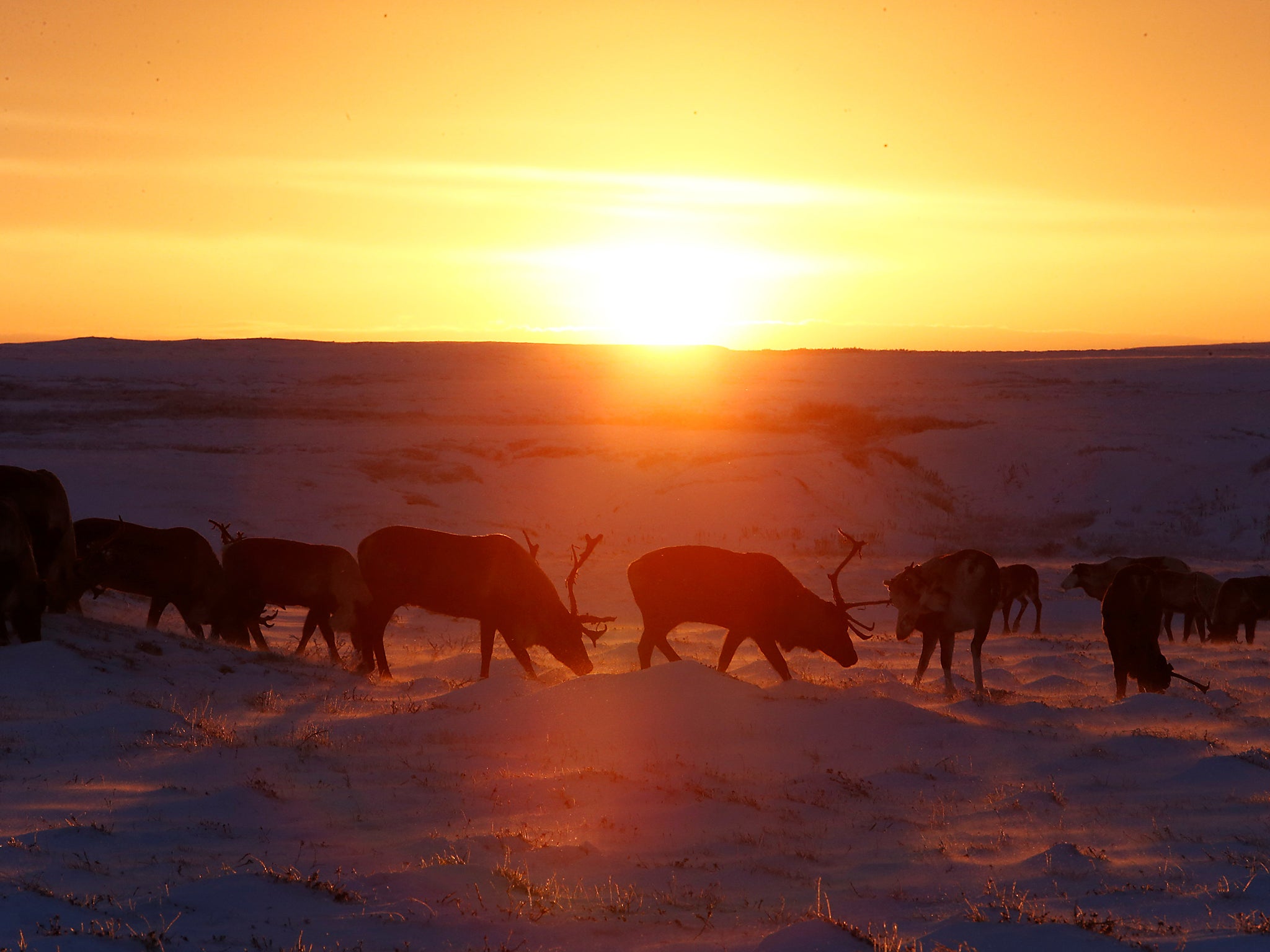
Join our commenting forum
Join thought-provoking conversations, follow other Independent readers and see their replies
Comments